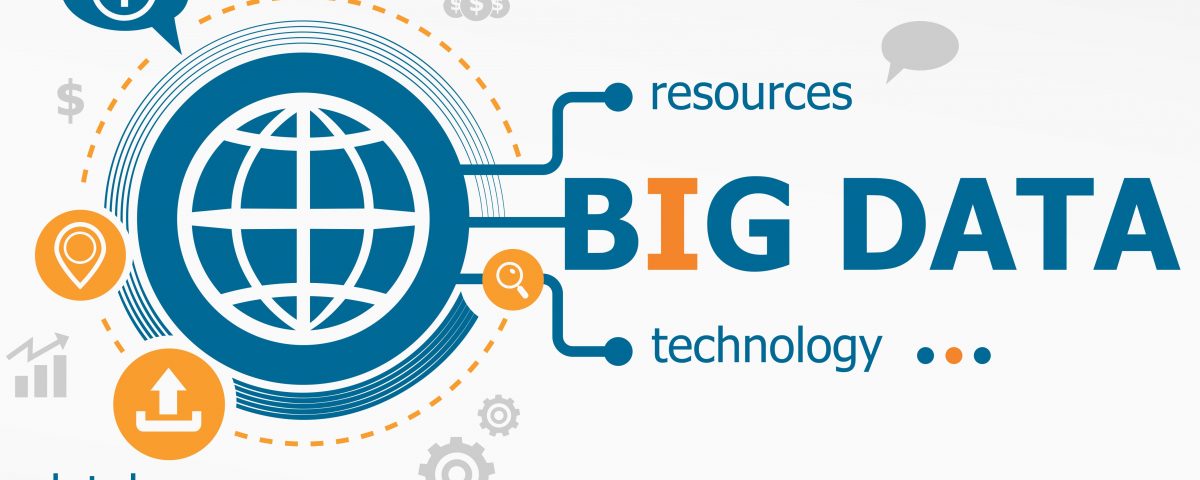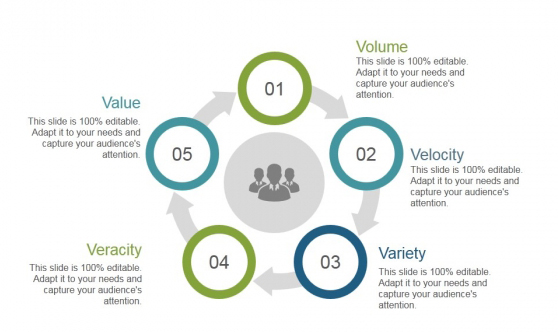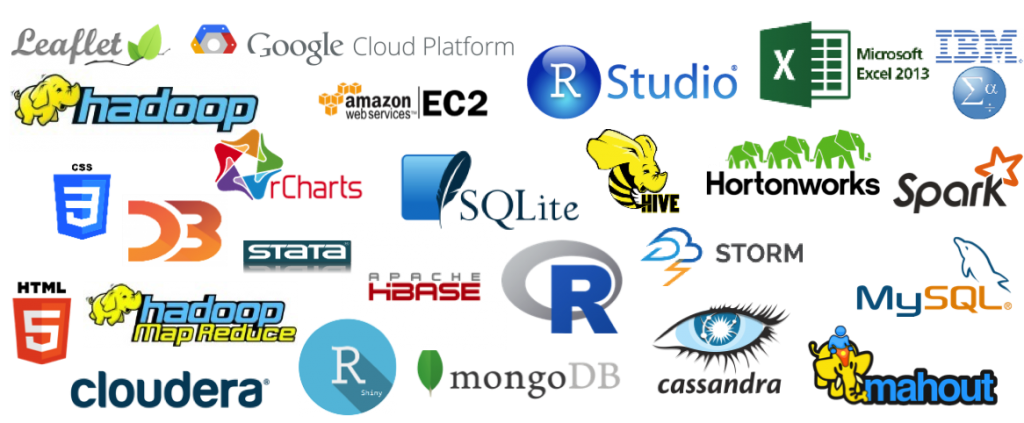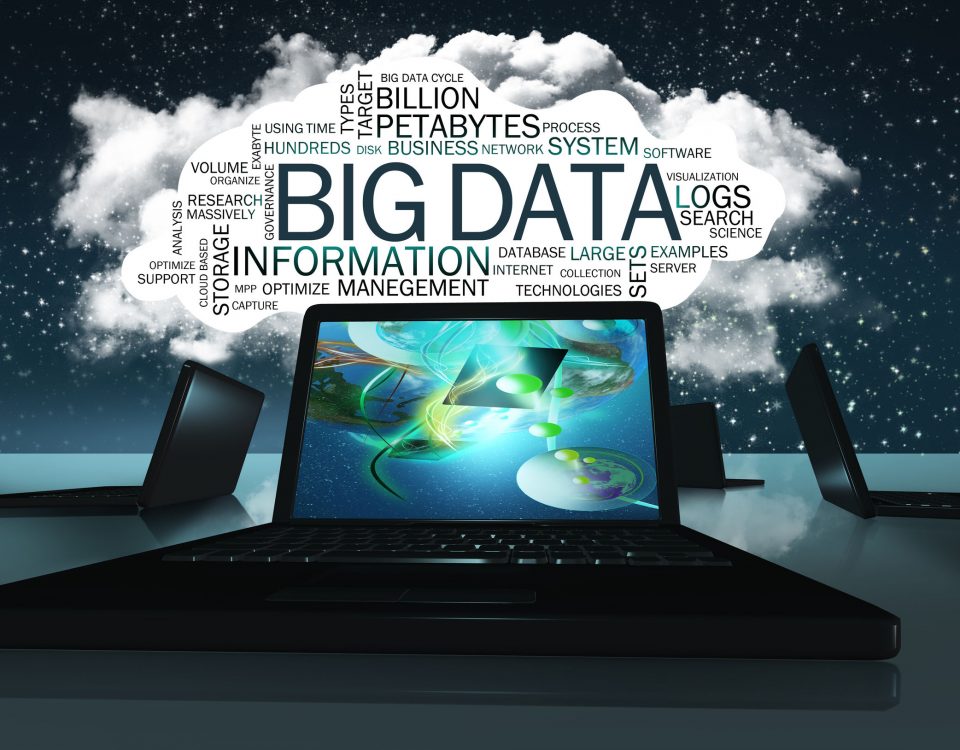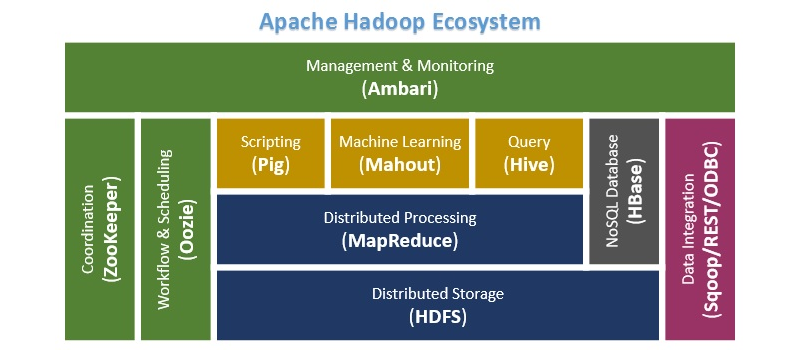
5 Ways to Improve Conversion Rates for Your Landing Pages
31st October 2018
WWW-(World Wide Web)
12th March 2019The curiosity about what is Big Data has been soaring in the past few years. Let me tell you some mind-boggling facts!
Forbes reports that every minute, users watch 4.15 million YouTube videos, send 456,000 tweets on Twitter, post 46,740 photos on Instagram and there are 510,000 comments posted and 293,000 statuses updated on Facebook!
Just imagine the huge chunk of data that is produced with such activities.
This constant creation of data using social media, business applications, telecom and various other domains is leading to the formation of Big Data.
In order to explain what is Big Data, I will be covering the following topics:
- Evolution of Big Data
- Big Data Defined
- Characteristics of Big Data
- Big Data Analytics
- Industrial Applications of Big Data
- Scope of Big Data
Evolution of Big Data
Before exploring what is Big Data, let me begin by giving some insight into why the term Big Data has gained so much importance.
When was the last time you guys remember using a floppy or a CD to store your data? Let me guess, had to go way back in the early 21st century right? The use of manual paper records, files, floppy and discs have now become obsolete. The reason for this is the exponential growth of data.
People began storing their data in relational database systems but with the hunger for new inventions, technologies, applications with quick response time and with the introduction of the internet, even that is insufficient now.
This generation of continuous and massive data can be referred to as Big Data. There are a few other factors that characterize Big Data which I will be explaining later in this blog.
According To Forbes reports 2.5 quintillion bytes of data created each day at our current pace, but that pace is only accelerating.
Internet of Things(IoT) is one such technology which plays a major role in this acceleration. 90% of all data today was generated in the last two years.
Big Data Definition
What is Big Data?
So before I explain what is Big Data, let me also tell you what it is not! The most common myth associated with Big Data is that it is just about the size or volume of data.
Big Data refers to the large amounts of data which is pouring in from various data sources and has different formats.
Even previously there was huge data which were being stored in databases, but because of the varied nature of this Data, the traditional relational database systems are incapable of handling this Data.
Big Data is much more than a collection of data-sets with different formats, it is an important asset which can be used to obtain enumerable benefits.
The three different formats of big data are:
- Structured: Organized data format with a fixed schema. Ex: RDBMS
- Semi-Structured: Partially organized data which does not have a fixed format. Ex: XML, JSON
- Unstructured: Unorganized data with an unknown schema. Ex: Audio, video files etc.
Characteristics of Big Data
These are the following characteristics associated with Big Data:
The above image depicts the five V’s of Big Data but as and when the data keeps evolving so will the V’s.
I am listing five more V’s which have developed gradually over time:
- Validity: correctness of data
- Variability: dynamic behavior
- Volatility: tendency to change in time
- Vulnerability: vulnerable to breach or attacks
- Visualization: visualizing meaningful usage of data
Big Data Analytics
As I Talked, I am going Present to you a interesting example of how Starbucks.one of the leading coffeehouse chain is making use of this Big Data.
I came across this article by Forbes which reported how Starbucks made use of Big Data to analyze the preferences of their customers to enhance and personalize their experience.
They analyzed their member’s coffee buying habits along with their preferred drinks to what time of day they are usually ordering.
So, even when people visit a “new” Starbucks location, that store’s point-of-sale system is able to identify the customer through their smartphone and give the barista their preferred order.
In addition, based on ordering preferences, their app will suggest new products that the customers might be interested in trying. This my friends is what we call Big Data Analytics.
This majorly involves applying various data mining algorithms on the given set of data, which will then aid them in better decision making.
There are multiple tools for processing Big Data such asHadoop, Pig, Hive, Cassandra, Spark, Kafka, etc.
depending upon the requirement of the organization.
Big Data Applications
Big Data Applications has revolutionized In Various Fields:
- Entertainment: Netflix and Amazon use Big Data to make shows and movie recommendations to their users.
- Insurance: Uses Big data to predict illness, accidents and price their products accordingly.
- Driver-less Cars: Google’s driver-less cars collect about one gigabyte of data per second. These experiments require more and more data for their successful execution.
- Education:
- Opting for big data powered technology as a learning tool instead of traditional lecture methods, which enhanced the learning of students as well aided the teacher to track their performance better.
- Automobile:
- Rolls Royce has embraced Big Data by fitting hundreds of sensors into its engines and propulsion systems, which record every tiny detail about their operation.
- The changes in data in real-time are reported to engineers who will decide the best course of action such as scheduling maintenance or dispatching engineering teams should the problem require it.
- Government:
- A very interesting use of Big Data is in the field of politics to analyze patterns and influence election results.
- Cambridge Analytica Ltd. is one such organization which completely drives on data to change audience behavior and plays a major role in the electoral process.
Scope of Big Data
- Numerous Job opportunities:
- The career opportunities pertaining to the field of Big data include, Big Data Analyst, Big Data Engineer, Big Data solution architect etc.
- According to IBM, 59% of all Data Science and Analytics (DSA) job demand is in Finance and Insurance, Professional Services, and IT.
- Rising demand for Analytics Professional:
- An article by Forbes reveals that “IBM predicts demand for Data Scientists will soar by 28%”.
- By 2020, the number of jobs for all US data professionals will increase by 364,000 openings to 2,720,000 according to IBM.
- Salary Aspects:
- Forbes reported that employers are willing to pay a premium of $8,736 above median bachelor’s and graduate-level salaries, with successful applicants earning a starting salary of $80,265
- Adoption of Big Data analytics: Immense growth in the usage of big data analysis across the world.


